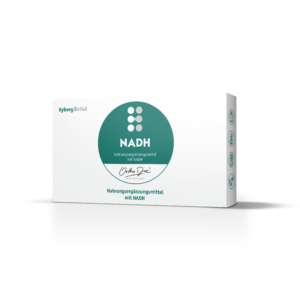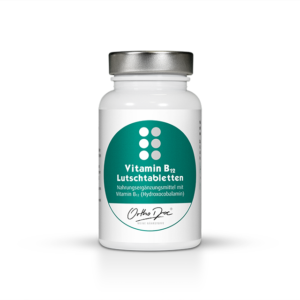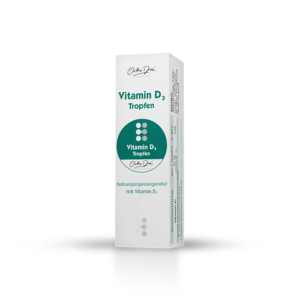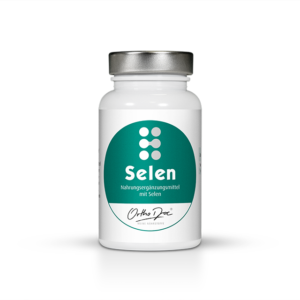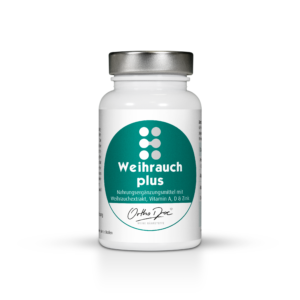Chemistry meets micronutrients
Advice tip: Combine anti-allergic drugs wisely
In spring, the treatment of hay fever and allergic asthma is the order of the day in doctors’ surgeries and pharmacies. Vitamin C, quercetin and Black Cumin Oil are an ideal supplement to anti-allergic drugs. Find out more about the mechanisms of action.
There are various ways to alleviate allergy symptoms, both pharmacologically and with micronutrients. The list of possible medications for allergic symptoms is long and ranges from topical, inhaled and systemic glucocorticoids to mast cell stabilizers and antihistamines for local or oral use. While mast cell stabilizers such as cromoglicic acid only prophylactically reduce the release of histamine, classic H1 antihistamines such as cetirizine, loratadine and fexofenadine alleviate the effect of the released histamine through an antagonistic effect on the histamine receptor. They have a firm place in therapy.
Used wisely, phytotherapeutics and micronutrients can reduce the need for medication, improve symptom control and intervene causally in the allergy process. The “big players” when it comes to allergies are vitamin C, quercetin and Black Cumin Oil. As an essential element of the redox chain consisting of vitamin E, coenzyme Q10, alpha-lipoic acid and glutathione, vitamin C is centrally involved in the regeneration of glutathione and plays a key role in allergies. “Glutathione not only has a Detoxification and antioxidant effect, but also downregulates the Th2 response,” explains Dr. Gerrit Sütfels in an interview with Kyberg Vital (read the full interview here). This is the underlying cause of an allergy.
A publication over 40 years ago postulated that a drop in vitamin C plasma levels leads to exponentially increasing histamine levels. The oral intake of 1 gram of vitamin C over three days was able to reduce the histamine concentration in test subjects (source: Histamine and ascorbic acid in human blood). In order to achieve adequate steady-state levels of vitamin C (= ascorbic acid) through a balanced diet, an estimated 5 to 9 portions of fruit and vegetables are required. This level of consumption is rarely achieved in everyday life. Unfortunately, vitamin losses due to incorrect storage make an adequate supply even more difficult, such as ascorbic acid losses due to the storage of apples at room temperature. Allergy sufferers are therefore well advised to work with 1000 to 2000 mg ascorbic acid daily, provided there are no contraindications. Good to know: Regular intake of acetylsalicylic acid (ASA) can also lower vitamin C levels in the blood and leukocytes.
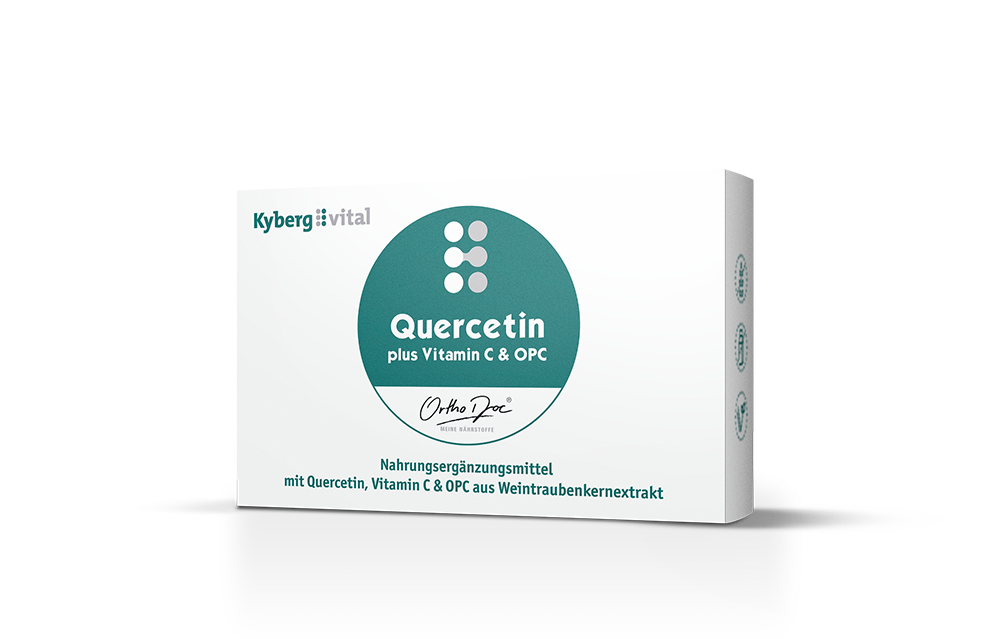
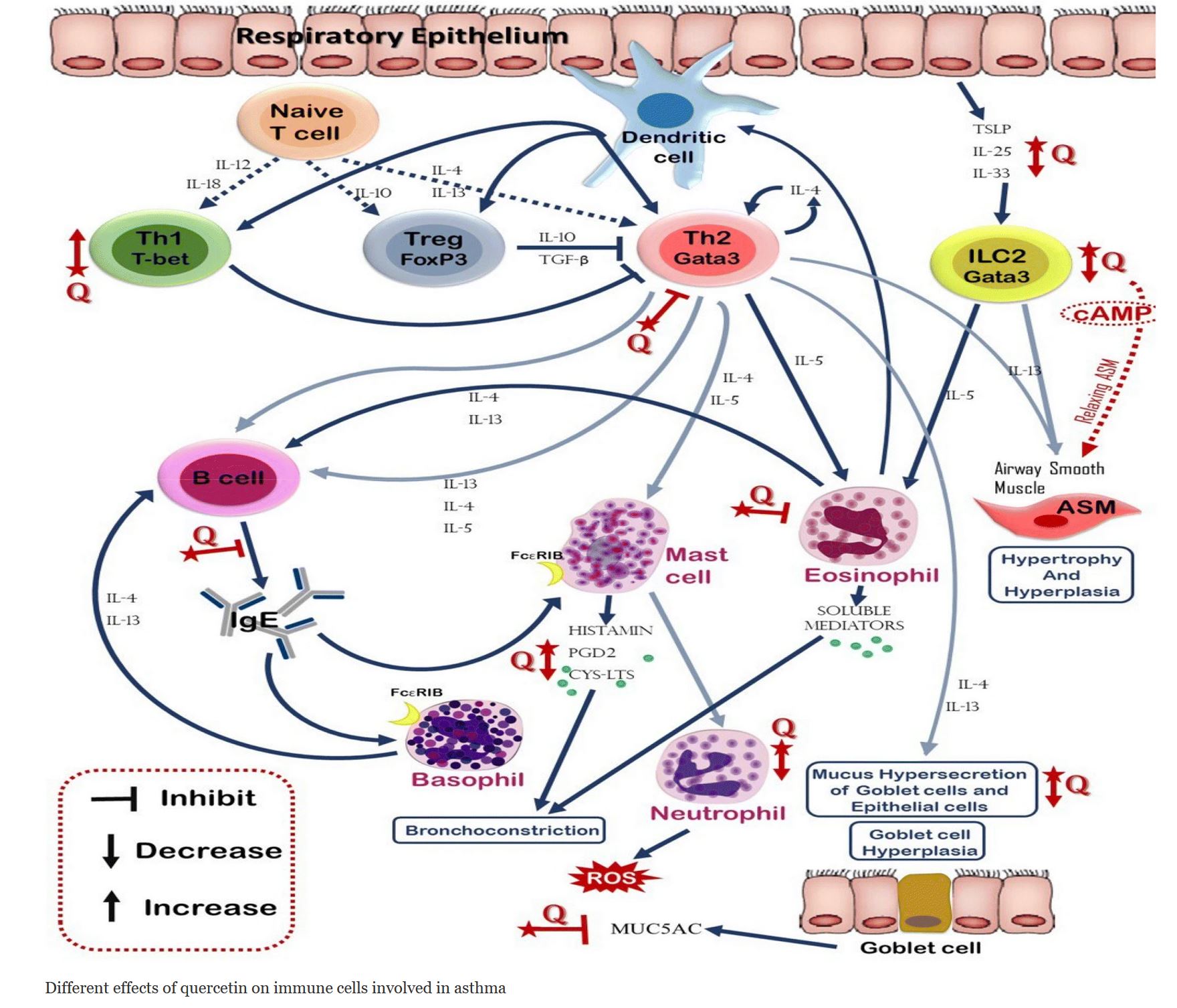
The flavonol quercetin acts synergistically with vitamin C. Chemically speaking, quercetin is a polyphenol. The flavonol glycoside of quercetin is known as rutoside. Bioflavonoids generally have a so-called vitamin C sparing effect. This means that it supports the regeneration of vitamin C and thus vitamin E and glutathione. Quercetin is widespread in nature. It is found, for example, in onions, berries, herbs and apples with skin (36 to 140 mg/kg fresh apple with skin). Quercetin develops its anti-allergic effect by inhibiting histamine production and pro-inflammatory mediators. It reduces antigen-specific IgE antibody release by B cells and regulates the Th1/Th2 axis. The anti-inflammatory effects have now also been well studied at the molecular biological level: for example, it inhibits LPS-induced TNF-alpha production in macrophages as well as the synthesis of the enzymes cyclooxygenase and lipoxygenase. As an antioxidant, it also has a positive effect on lipid peroxidation and additionally inhibits platelet aggregation and vascular permeability(Quercetin with the potential effect on allergic diseases).
This effect can be optimally supplemented by oligomeric proanthocyanidins (=OPC). Like quercetin, these secondary plant substances are polyphenols and are biopolymers of different lengths consisting of catechin and epicatechin units. Like quercetin, it has an anti-allergic effect due to its inhibitory effect on mast cells. OPC also has an inhibitory effect on NfkappaB and therefore has an anti-inflammatory effect and – due to its molecular structure – also has an antioxidant effect. Practical tip: It is best to take vitamin C, quercetin and OPC before the start of the pollen count. Our pollen calendar provides a guide to the ideal time.(Pollen calendar PDF)
However, if the symptoms are already present, it is not too late. Patients also benefit from taking Black Cumin Oil as a phytotherapeutic agent. In many countries in Asia and Africa, Nigella sativa is used for a whole list of illnesses. The positive effect on allergic rhinitis, bronchial asthma or atopic eczema, for example, when taken orally has long been proven and investigated by studies. Preventive effects on lung diseases appear to be mainly due to the ingredients thymoquinone, thymol, carvacrol and alpha-hederin. Animal studies have shown that various extracts and ingredients have antioxidant, immunomodulatory and anti-inflammatory effects. The intake therefore addresses the cause of allergic symptoms causally rather than just symptomatically. It also has a bronchodilatory effect, which makes its use particularly beneficial for patients with COPD, asthma and lung diseases(The effects of Nigella sativa on respiratory, allergic and immunologic disorders, evidence from experimental and clinical studies, a comprehensive and updated review). Experts recommend taking 500 mg twice a day, although higher doses also appear to be safe and well tolerated.
Further sources: Micronutrients – Metabolic Tuning, Prevention, Therapy, Uwe Gröber, 3rd edition, Wissenschaftliche Verlagsgesellschaft mbH

